The 7 sneaky skincare ingredients that dermatologists want you to be wary of using
Thanks to the clean beauty boom that’s taken over the mainstream, many beauty brands are being more transparent about the ingredients they use in their cosmetic, haircare, and skincare formulas. However, dermatologists point out that there are still many sneaky, and potentially harmful, skincare ingredients lingering in your go-to beauty products.
Some toxic ingredients can be labeled under different names, making it important to arm yourself with the right information before you shop.
To bring those stealthy ingredients to the forefront, we tapped three board-certified dermatologists to break down what you need to know.
1Formaldehyde
You’ve probably heard a great deal about the health risks associated with formaldehyde, since it’s a well-known carcinogen. Peterson Pierre, M.D., explains that formaldehyde can be found in many cosmetic products, and that formaldehyde-containing products can also cause irritation and redness to the skin.
The Environmental Working Group’s Skin Deep Cosmetics Database, which gives ingredients a toxicology score depending on how hazardous they find it to be, gave formaldehyde a score of 8-10 out of 10.
While it’s true that many beauty brands may not be forthcoming about including formaldehyde as a product ingredient, Dr. Pierre adds that you’ll also want to be on the lookout for formaldehyde-releasing ingredients—quaternium-15, DMDM-hydantoin, imidazolidinyl urea, and Diazolidinyl urea.
2Oxybenzone and avobenzone
Very popular in numerous sunscreens, both oxybenzone and avobenzone are ingredients to look out for since they’ve been linked to hormone disruption and allergic reactions in some users, Dr. Pierre warns.
undefined
Aside from disrupting hormones, oxybenzone has also shown to have harmful effects on the environment—a 2016 study noted that this ingredient can be hazardous to coral reefs, hence the popularity of reef-friendly sunscreens. To avoid both oxybenzone and avobenzone, Dr. Pierre recommends choosing zinc-based (aka mineral) sunblocks. Brands like Supergoop!, for example, offer a variety of mineral sunscreens suitable for all skin types.
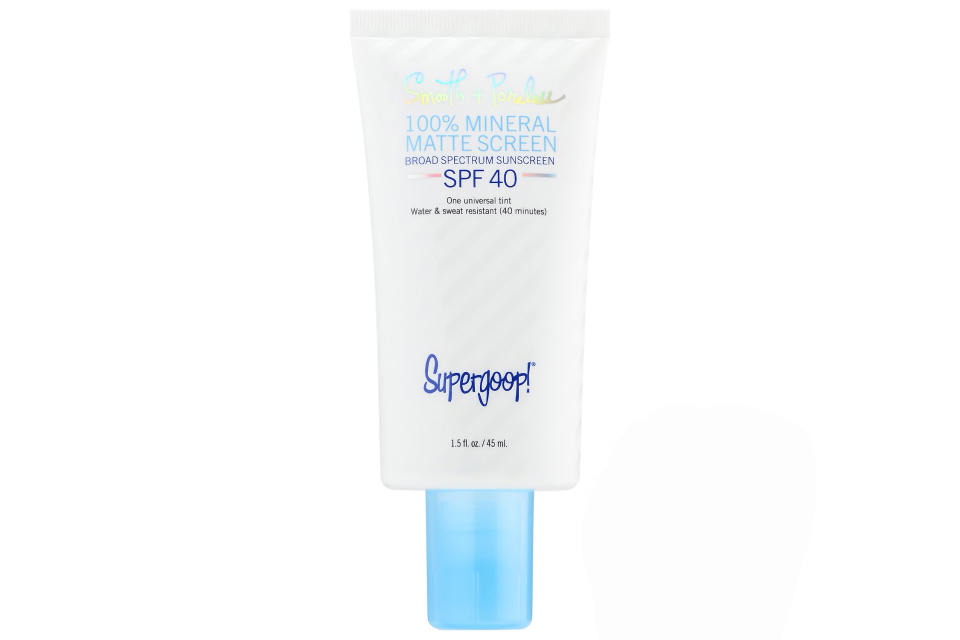
3Parabens
Dr. Pierre says that parabens are another commonly included ingredient, as they are used as a preservative to extend the shelf life of both cosmetics and pharmaceutical products alike. He warns that parabens have been noted to have a harmful effect on the human body, as they’ve been linked to allergic reactions, especially on damaged skin.
Currently, the Food & Drug Administration (FDA) suggests that research on parabens’ effects on human health is still limited, meaning there is no definitive answer that the ingredient is indeed a health hazard. But should you want to avoid parabens altogether, know that many mass retailers are highlighting products without this ingredient.
4Synthetic Colors
Although synthetic colors are approved for use by the FDA for pharmaceutical, food, and cosmetic use, Dr. Pierre suggests that they may come with their share of health risks. “Be on the lookout for any ingredient starting with FD&C or D&C followed by a color and number,” he says. “Those are artificial colors derived from petroleum or coal tar and are known to be skin irritants and carcinogens.”
Dye-free products aren’t hard to find these days, with many skincare and cosmetic brands excluding it from their formulas. Brands like 100% Pure, for example, source pigments from fruit, vegetables, tea, and cocoa, instead of FD&C colorants and heavy metal dyes.
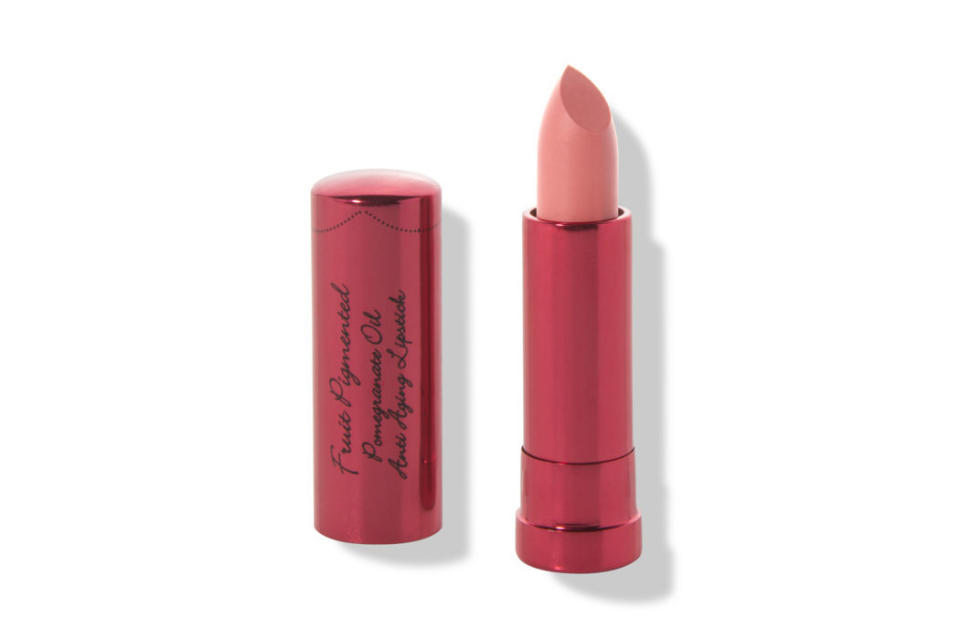
5Fragrances
While we all love waking up to an uplifting citrus body wash in the morning, Jessie Cheung, M.D., suggests that some fragrant products can cause allergic reactions in some users. Fragrance mixes have been also associated with dermatitis, respiratory distress, and potential effects on the reproductive system, which is why EWG gave it a toxicology score of 8.
However, even if a body wash or face cream claims to be unscented, Dr. Chueng warns that “masking fragrances” can still be included inside your product, making it important to read through products slowly.
She recommends using products labeled safe for sensitive skin types, as they minimize the chances of potential allergic reactions.
Thankfully, fragrance-free products aren’t hard to find these days, as Sephora’s Clean Beauty initiative highlights products that are made without undisclosed synthetic fragrances. Similarly, the EWG offers a comprehensive list of EWG-Verified products, which are made without fragrances.
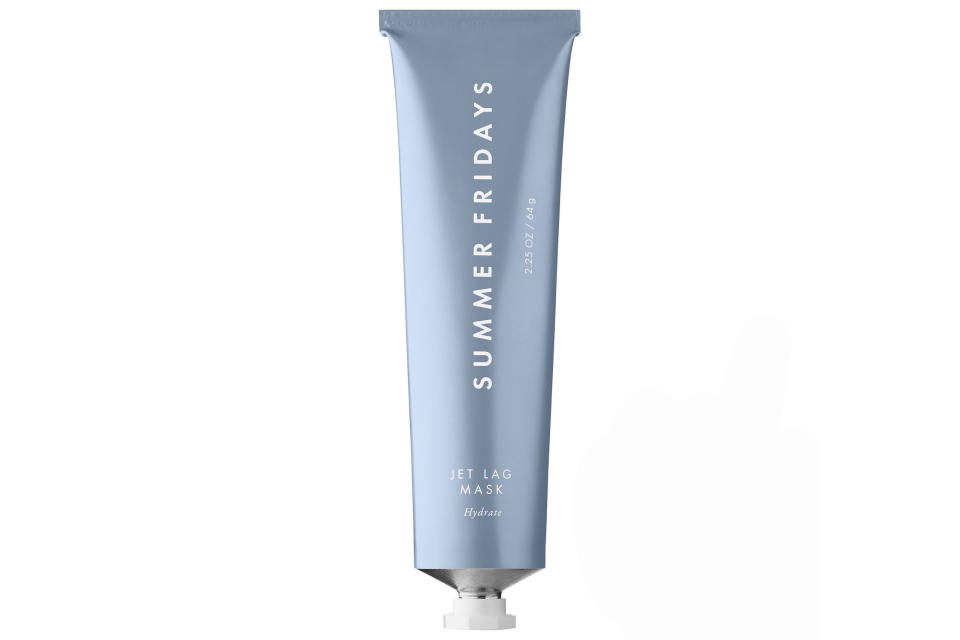
6Triclosan
Dr. Cheung explains that this ingredient is commonly found in antibacterial washes and other personal care products like cosmetics, deodorant, and toothpaste. She warns that this ingredient is linked to hormone disruption.
And even though the FDA banned the ingredient from household soap products in 2016, she suggests that it still manages to be present inside many household items we use daily.
undefined
Hormone disruption aside, a 2018 study also noted that triclosan exposure can also have a harmful effect on immune responses and cardiovascular functions. Similarly, the EWG currently has this ingredient at a 4.7 rating, due to high risks of irritation and contamination concerns.
But while triclosan still is present in many personal care items, thankfully there are brands that offer non-triclosan products. Big-name toothpaste brands like Crest, for example, are beginning to unveil triclosan-free products, opting to use Stannous Fluoride as an active ingredient instead.
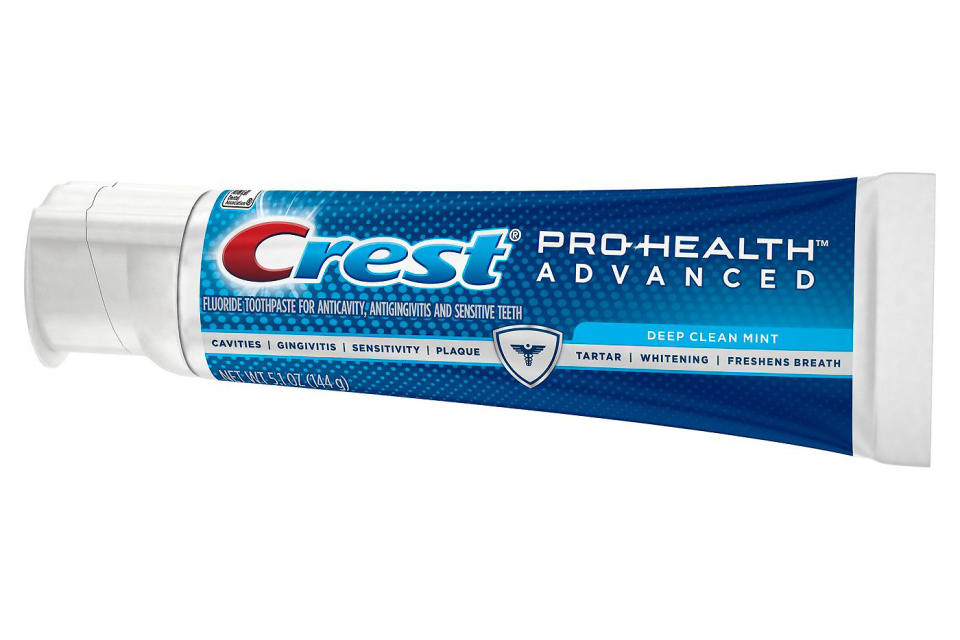
7Phthalates
Phthalates are a type of chemical that can be typically found in food and fragrance products. However, despite being a commonly used ingredient in cosmetics, Gretchen Frieling, M.D. warns that this ingredient comes with potential health risks. One study suggests that exposure to this chemical can cause reproductive, developmental, and neurological toxicity in humans.
She also says that phthalates are hormone-disrupters: “Phthalates, are also considered to be Endocrine Disrupting Chemicals, otherwise known as EDG’s. They got this name because phthalates weaken your endocrine system and cause things such as fertility problems, hormonal problems, and neuropsychological problems.”
Much like with parabens, it’s very easy to find phthalate-free cosmetic and personal care products these days, as retailers like Target have phthalate-free sections on its website.
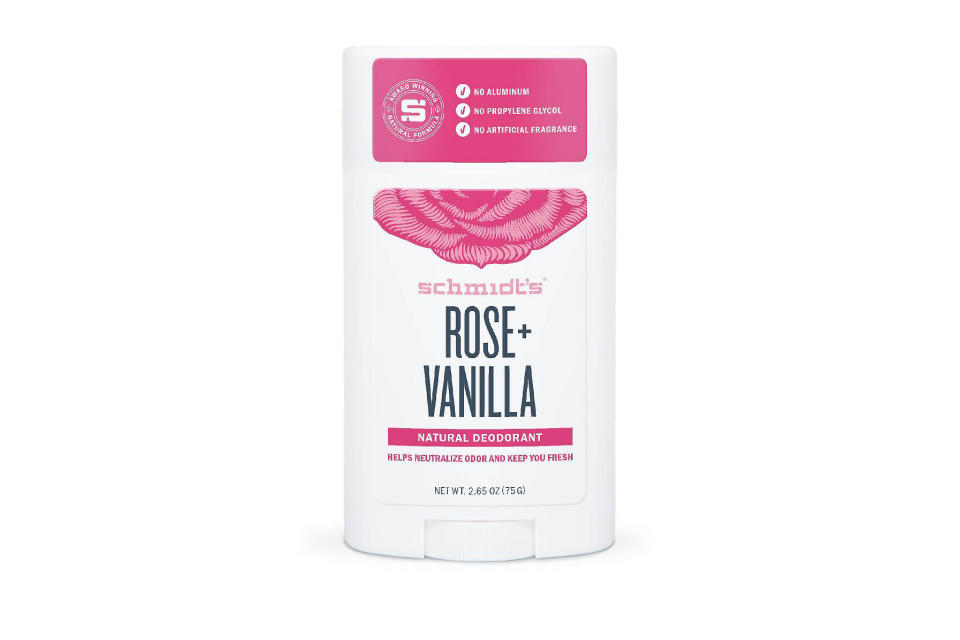
This list doesn’t necessarily need to count as a hard “no-go” list, especially considering how much more research is needed on these ingredients. If you’re interested in eliminating certain types of products/skincare ingredients from your beauty routine, consider applying the precautionary principle, which encourages you to step back from one type of product at a time to find out what works for you.

